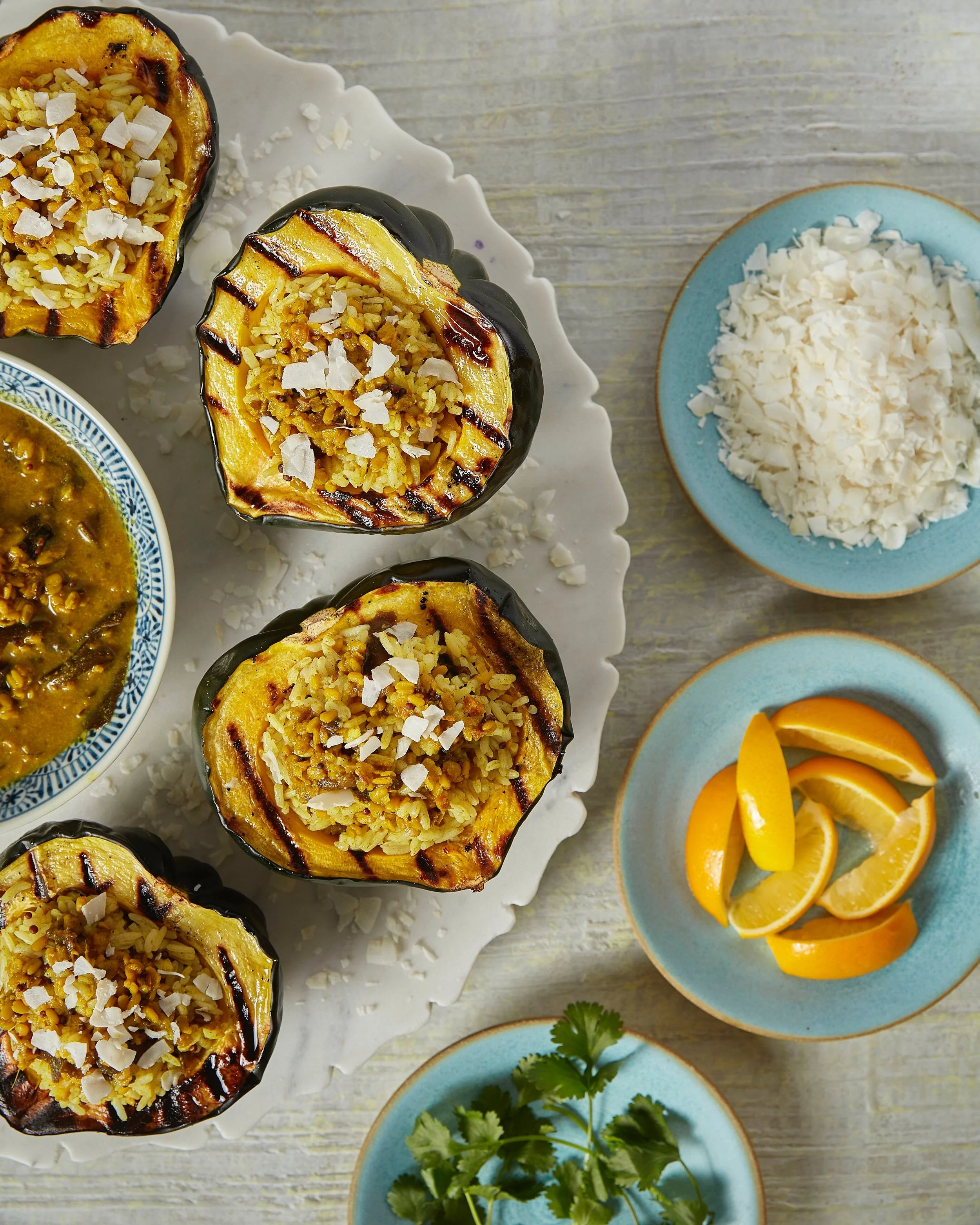UPLOADED/REDIRECTED Fuel Your Body
Sponsored Content
The Green Tropics and Chocolate Peanut Butter Banana smoothies that nourish the Pirates during training.
Terms like the “quarantine 15” or “the COVID 19” began to creep up on us at some point over the last year. Yes, fun in the kitchen has not let us down in the weight gain category. So here we are, inching our way towards summer, getting excited about what the coming months, and questioning our nutrition.
As the former Director of Sports Nutrition and Fueling for the Pittsburgh Pirates, I can assure you that the way the team fuels and hydrates plays a very big role in their performance on the field. But why does all that matter? Eating healthy food is eating healthy food, right? Let’s take a deeper look.
(It is important to note that everyone is different. Regardless of what you do for a job or for physical activity – including professional athletes – nutrition needs vary. A football offensive lineman would not fuel the same way a center fielder would, nor would a professional tennis player fuel the same way as a marathon runner.)
First of all, let’s change the narrative. Let’s eliminate the term “healthy eating” and replace it with “fueling”.
What’s the difference? Healthy eating can get a bad rap. When people think of eating healthy, they might think of dieting, restricting, missing out on their favorite foods, and generally, being miserable. Nothing that any of us want to feel, especially when we want to enjoy food.
Fueling, on the other hand, is just that – enjoying food.
You need to fuel with a good breakfast for that big meeting today. You need to fuel to train for that couch to 5k. You need to fuel in order to drive your kids around all weekend. Fueling is the means of keeping your energy levels up by providing your body with what it needs to be your best, not necessarily what is the fastest and most convenient option.
Let’s take a look at some foods that can get you out of the winter slump and “fuel” you for your everyday performance:
Fruits and vegetables
During the winter, many people struggle to get enough servings of fruits and veggies each day. One reason is the lack of availability of some fresh food during the winter, and what catches our eye in the produce section is usually the bright colors and variety. Starchy-looking strawberries and rows of apples aren’t always appealing.
Fruits and vegetables provide a wide variety of vitamins, minerals, fiber. A general rule of thumb is the darker and brighter the fruit and vegetable, the more nutrients it has.
Fruits and veggies also have a high water content, which can help with hydration. When we aren’t getting enough fruits and veggies – especially in the winter – it can lead to choosing other more calorically dense and nutrient-deficient foods. Here is what you can do to make sure you are getting enough fruits and veggies, even when they might not be in season:
Buy frozen fruit
This is a perfect option all year around. Frozen fruit is just that… fruit that has been frozen. There is no added sugar in frozen fruit, and it’s easy-to-use: you can take out only what you want and not have to worry about it sitting in the fridge and getting moldy. You can use frozen fruit in smoothies which is a great option for a light, nutrient-dense snack. Or, just let the fruit thaw and eat it!
Pre-package your own salads
You bought the spinach and had great intentions of eating salads every day. Until you realized you had to get the big container out of the produce drawer in the fridge (which was stacked under three other things) portion it out, add carrots, tomatoes, and more to make it a real salad. So, you decide not to make your salad and one week later, throw away the nearly full container of spinach after it starts smelling and rotting.
Pre-portion your salads before you even put the spinach (or spring mix or romaine) away. Get your carrots, tomatoes, and whatever other veggies you want in your salad and get working. Portion out salads in small containers so each day, all you have to do is grab your greens and add dressing. The hard work is done!
Prep your veggies
Most veggies are delicious roasted in the oven. Buy Brussels sprouts, broccoli, baby carrots, or whatever veggies you want. Prep them at once using olive oil, salt, pepper, and garlic powder. Put them in containers and store them in the fridge until you are ready to cook them. Once ready, place your desired amount on a baking sheet and roast them in the oven for 15-20 minutes at 400 degrees, or until they are to your liking.
Whole grains
Whole grains in foods contain the whole grain. Refined grains contain only the endosperm of the grain, but a whole grain contains the bran, endosperm, and germ.
When you eat whole grains as opposed to refined grains, you are getting fiber, B Vitamins, Vitamin E, and even a little bit of omega-3 fats. Whole grains will make you feel full longer, will keep your blood sugar in check, and help you fuel with good quality carbohydrates. Examples are whole-grain bread, brown rice, whole-grain pasta, oats, and whole-grain cereals.
Hydration
Hydration is important all year round. However, it can be more difficult to stay hydrated during the winter because it is not hot and we don’t feel as thirsty as we do during the summer months. It’s time to get back on the hydration train.
The goal should be to aim for one-half of your body weight in ounces of water. So if you weigh 140 pounds, you should aim for 70 ounces of water each day.
Drinking water will help you feel full and can give you a little boost of energy. Sometimes when we are dehydrated we feel hungry when in reality it could just mean you need to drink more water, so keep that in mind too.
You don’t like the taste of water, you say? Well, don’t depend on those chemical-based, artificially sweetened flavored drops or waters. Stick with the real thing, and try making your own infused water. Put fruit in ice cube trays, fill with water, and once frozen, put them in your water. As the ice cubes melt, your water will get the flavor from the fruit.
Here are some ideas, to keep your water fruity and fresh:
Mixed berry
Cucumber melon
Strawberry mint
Lemon
Reach your fruit and veggie goal for the day with these smoothies:
Green Tropics Smoothie
Ingredients
½ cup frozen mango
½ cup frozen pineapple
½ cup spinach
12-14 ounces coconut water (depends on the consistency you like)
1 scoop vanilla protein powder (BiPro or Momentous is what we use)
Squeeze of ¼ lemon
Instructions
Blend all ingredients together until you get the desired consistency
Nutrition facts
235 calories
20 grams protein
39 grams carbohydrates
0 grams fat
Chocolate Peanut Butter Banana Smoothie
2 T=tablespoons peanut butter
12-14 ounces almond milk (depends on the consistency you like)
1 frozen banana
1 scoop chocolate protein powder (BiPro or Momentous is what we use)
Instructions
Blend all ingredients together until you get the desired consistency
Nutrition facts
410 calories
29 grams of protein
29 grams carbohydrates
20 grams fat
STORY BY ALLISON MAURER / PHOTOGRAPHY BY DAVE BRYCE/ STYLING BY KEITH RECKER
12 Month - 6 issue subscription












Indulge in the taste spring with this delicious Cherry Galette